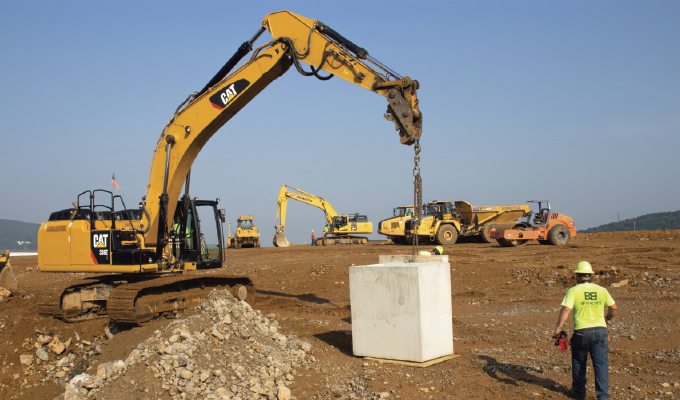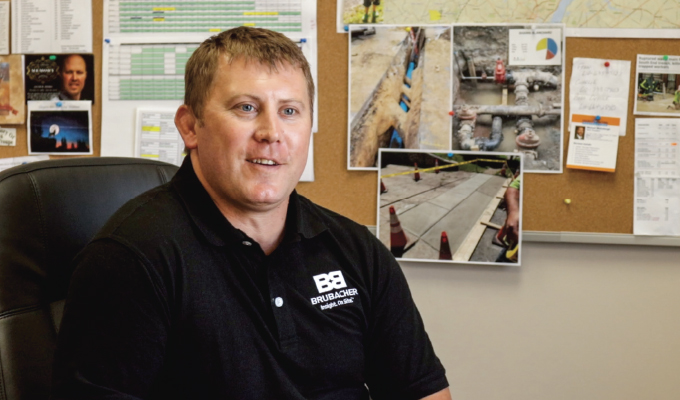Estimating software does more than improve bidding speed and accuracy
Competitive estimating is the starting point for most heavy construction projects, and building winning bids with more speed and accuracy is the first thing most contractors think about when they consider making the switch from spreadsheets to specialized software to manage their estimates. The advantages provided by software, however, extend beyond the original bid.
THE ADVANTAGES
Evaluating subcontractor and vendor quotes, presenting and reviewing various scenarios, and adapting to changes in scope are all areas where specialized software can help subcontractors and the general contractors that manage them become more agile and effective.
When general contractors choose subs through a competitive bidding process, a module within the estimating software can send RFQs to subcontractors and vendors automatically and then assist in a methodical analysis of the submitted quotes. General contractors can select the lowest bidder or split the work among multiple bidders to get the lowest possible package price. The software also makes it easier to make cost comparisons when they are evaluating the option to self-perform various aspects of a project or sub them out to other contractors.
“The estimating software saves a significant amount of time when it comes to quote comparison,” confirms Shawn Blanchard, a project manager and estimator at Pennsylvania sitework contractor Brubacher Excavating. “You can actually solicit to your vendors or subcontractors for pricing one time, and the software puts it in a parallel system. That allows for you to assess, de-scope, and actually do the comparison through the system. I find it to be a very good feature.”
SEEING DIFFERENT SCENARIOS
For subcontractors, an original RFQ and estimate may only be a starting point. General contractors frequently want to see several options for how subcontractors could perform and price work, according to Sean Firth, senior estimator and business development manager at Soletanche Bachy – Canada (formerly Bermingham Foundations). That’s a key reason his company, which completes pile foundation, excavation and shoring, marine construction, and other specialized foundation work throughout North America, switched from spreadsheets to specialized estimating software.

“What we can do easily now that we couldn’t do with Excel is run different scenarios—run duplicate estimates,” Firth explains. “We can easily run an alternate scenario or five or six alternate scenarios, adding or removing items and seeing our margins and risk live. We now do this in minutes or, for extremely complex bids, just hours, and that is very important to us.”
The experience has been similar for Michelle Kirk, operations coordinator for Toronto-based demolition specialist Priestly Demolition. “The software gives us a lot of flexibility as a subcontractor to show a lump sum at the beginning and then break out the various options as we negotiate with the general contractor on how the job could be completed,” says Kirk. “We can look at different options very quickly and test our margins with various markup percentages.”
Similarly, Kirk and Firth say that adapting original bids to reflect changes in the job scope is also an everyday requirement. Replacing spreadsheets with specialized estimating software has allowed them to do that faster and more efficiently.
SMOOTH DATA TRANSFER
Compatibility is another issue. When a general contractor and a subcontractor are using specialized estimating software, the transfer of data is smoother. When they both use the same software, it’s even easier.
Traffic and Lighting Systems, LLC, is essentially an electrical services company, according to president Larry Butler. While many similar companies stick with spreadsheets or choose a niche software for that specialty, his team opted for one of the leading estimating platforms used by heavy highway contractors.
“We serve as a subcontractor for highway and bridge construction companies for about 80 percent of the traffic signalization, lighting, and smart transportation projects we complete throughout Oklahoma, Arkansas, Kansas, Missouri, and Texas,” Butler explains. “Compatibility with what they use made sense. On the estimating side, it really helps us with the unit price bidding that accounts for the majority of our work.”
About the author
Patrick Reitz is a product manager at B2W Software. He has had a leadership role in the continuous development of B2W Estimate, the company’s comprehensive application for heavy civil construction estimating and bidding that is used by more than 1,500 companies in all 50 states and each Canadian province. He can be reached at preitz@b2wsoftware.com.
Modern Contractor Solutions, July 2019
Did you enjoy this article?
Subscribe to the FREE Digital Edition of Modern Contractor Solutions magazine.



